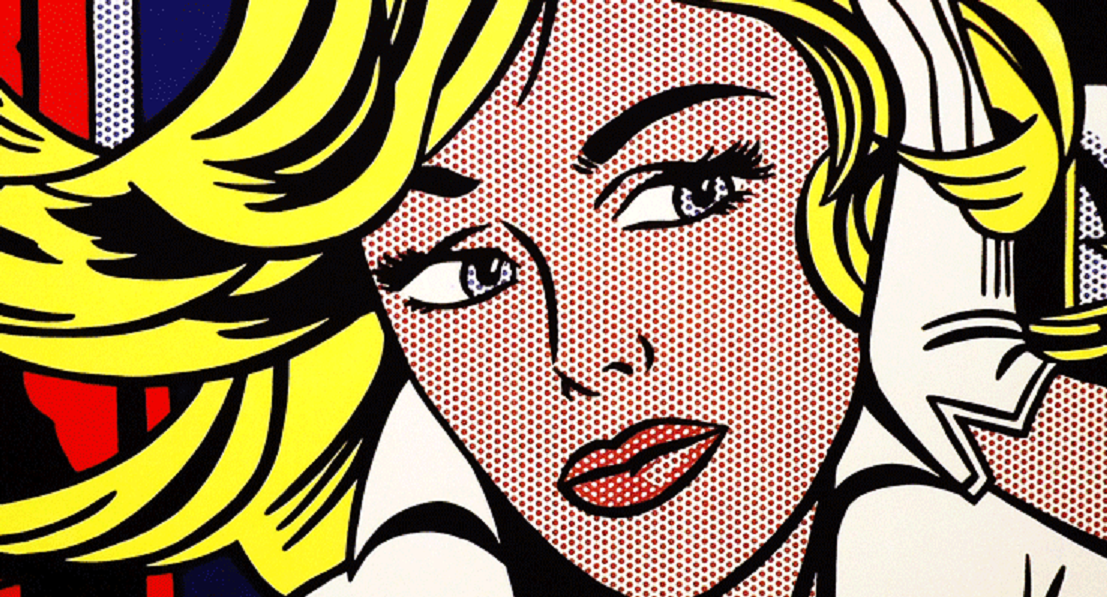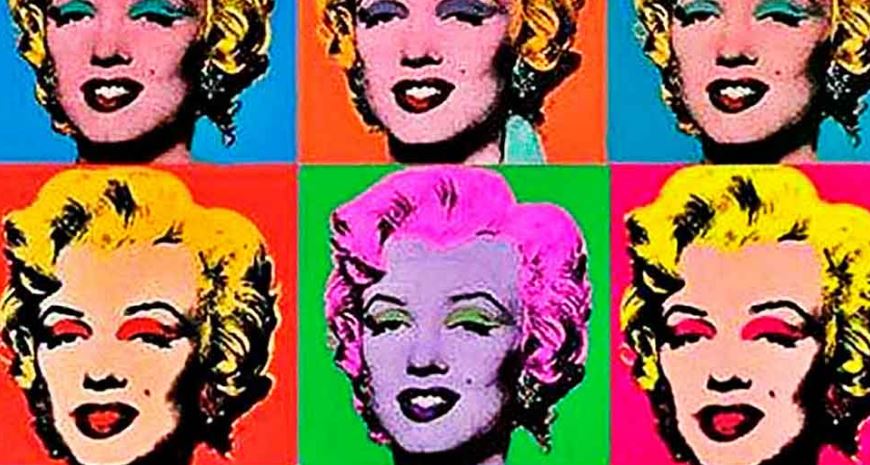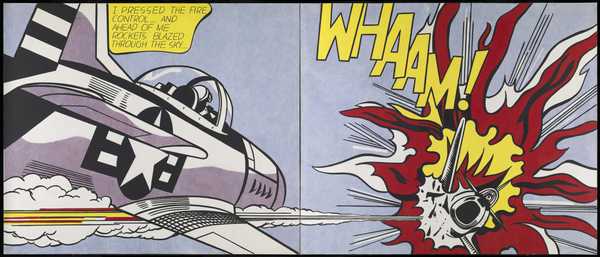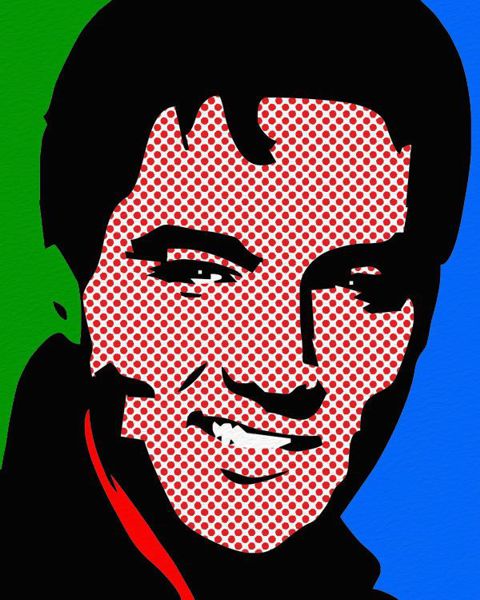The Pop Art Movement
Roy Lichtenstein's influence on one of the largest art movements in history
November 8, 2023 - by Tyler Allen, Vanier College Student

Pop art, a movement that emerged in the mid- to late-1950s,
challenged traditional fine art traditions by incorporating imagery
from popular and mass culture, such as advertising, comic books, and
mundane mass-produced objects. The movement aims to use images of
popular culture in art, emphasizing the banal or kitschy elements of
any culture, often through the use of irony.
It is associated with the artists' use of mechanical means of
reproduction or rendering techniques, and material is sometimes
visually removed from its known context, isolated, or combined with
unrelated material.

Early artists such as Eduardo Paolozzi and Richard Hamilton shaped
the movement, while others like Larry Rivers, Ray Johnson, Robert
Rauschenberg, and Jasper Johns shaped it. Pop art is often
interpreted as a reaction to abstract expressionism and an
expansion of those ideas. It is considered to be a precursor to
postmodern art or some of the earliest examples of postmodern art
itself.
Roy Fox Lichtenstein was an American pop artist who, along with
Andy Warhol, Jasper Johns, and James Rosenquist, became a
prominent figure in the 1960s new art movement. His work,
influenced by comic strips and popular advertising, defined pop
art through parody. Lichtenstein's work was considered
"disruptive" and referred to as "industrial painting." His most
influential works include Whaam!, Drowning Girl, and Look Mickey.
His most expensive piece, Masterpiece, was sold for $165 million
in 2017.

Roy Lichtenstein
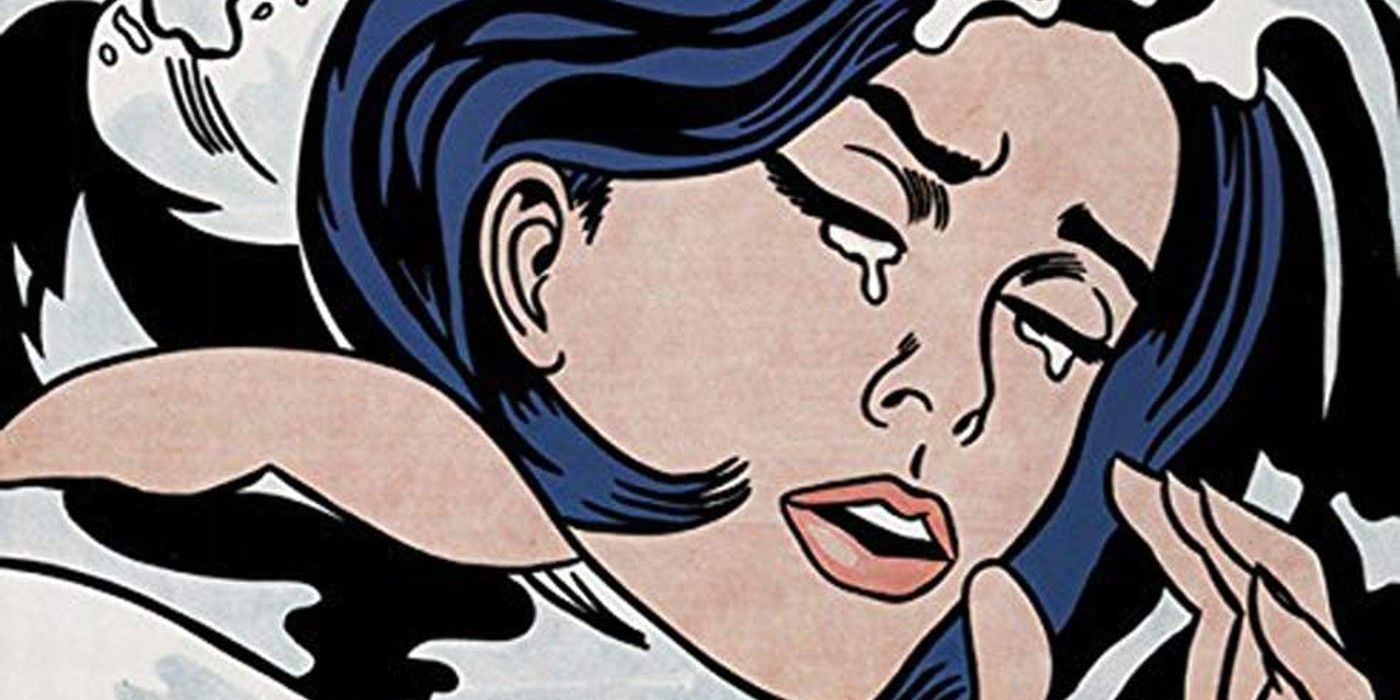
Drowning Girl - Roy Lichtenstein
Drowning Girl is a painting by Lichtenstein depicting a female subject who would rather surrender to the ocean's power than seek help. The painting only shows her head, shoulder, and hand above the water, with tears flowing from her eyes. The viewer is left to guess what happened before and after the scene.

Brushstroke - Roy Lichtenstein
In the mid-1960s, Lichtenstein created a series of enlarged brushstroke paintings and prints, based on a comic book story. These expressive brushstrokes, associated with Abstract Expressionism, were depersonalized and detached by Lichtenstein's clean, precise, and mechanical style. This depersonalization highlights the commodification of the expressive brushstroke, making it easily replicated and recognizable in the cultural landscape.
Images of Pop

